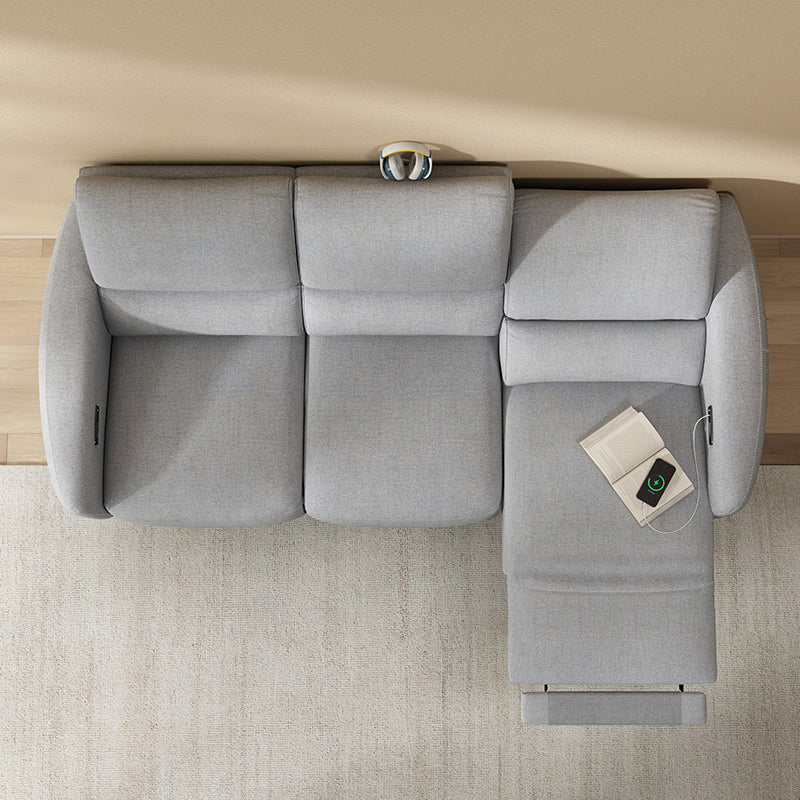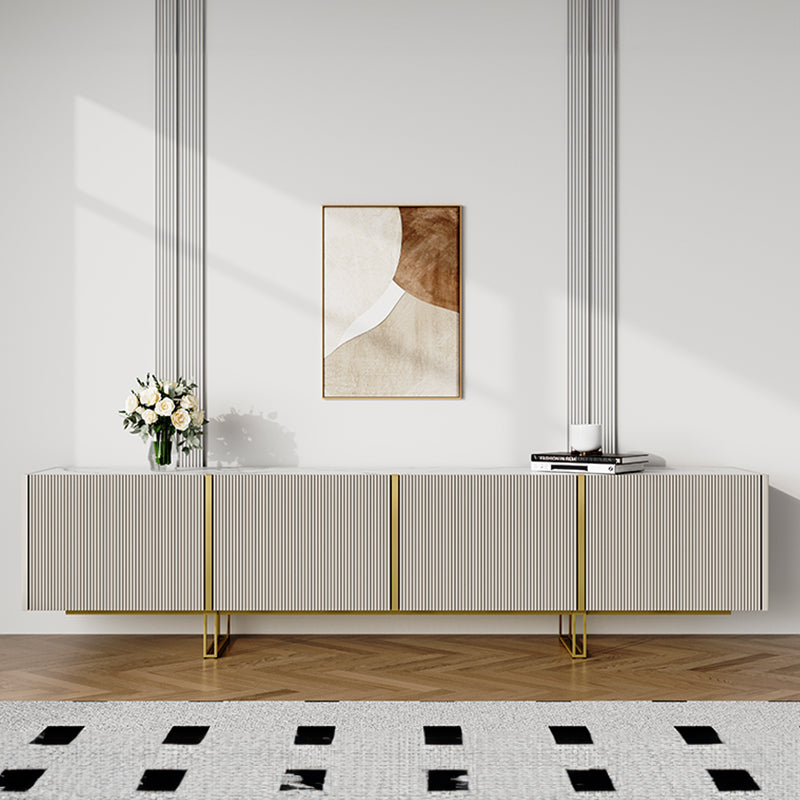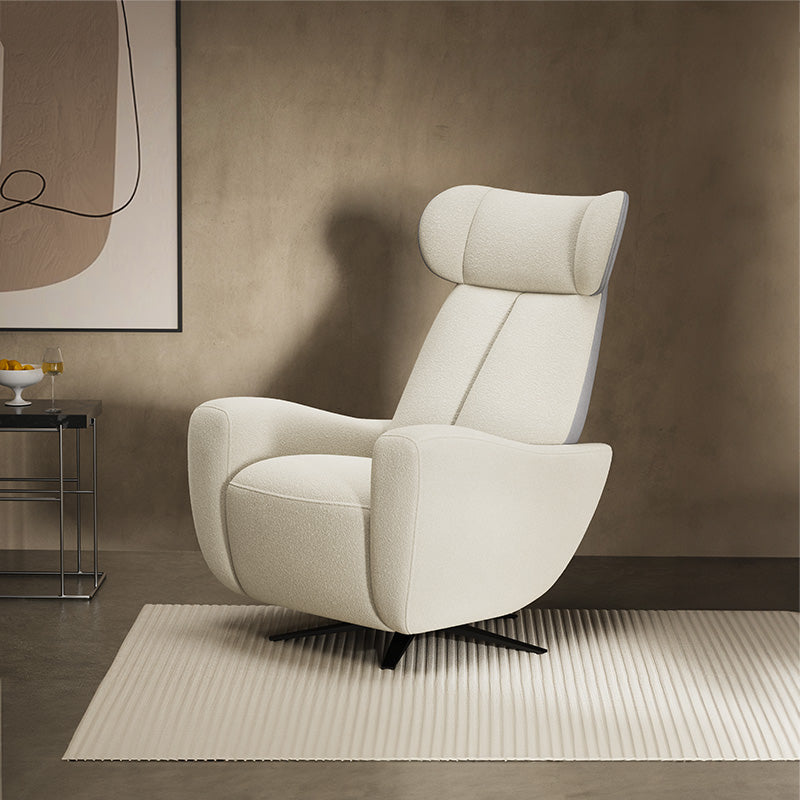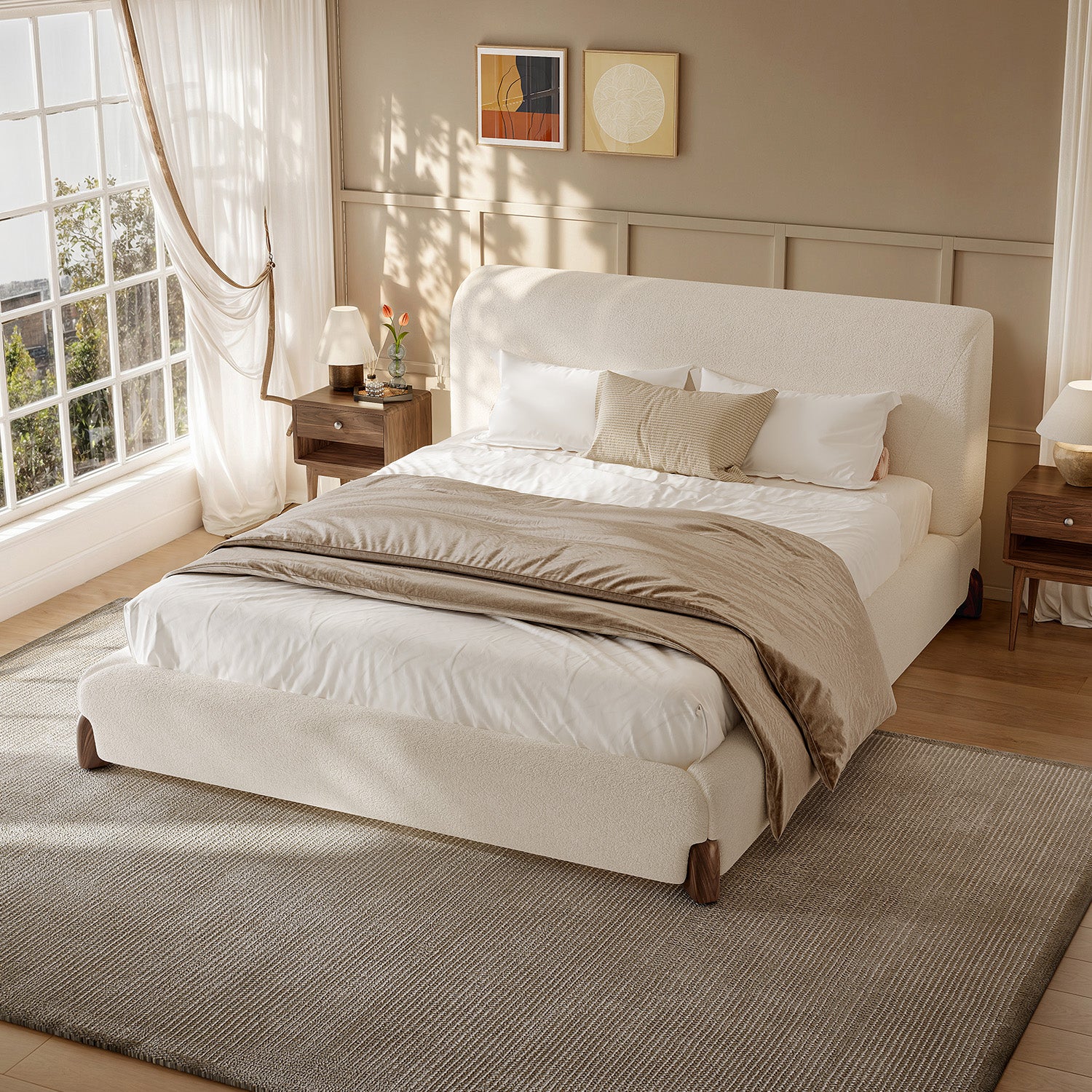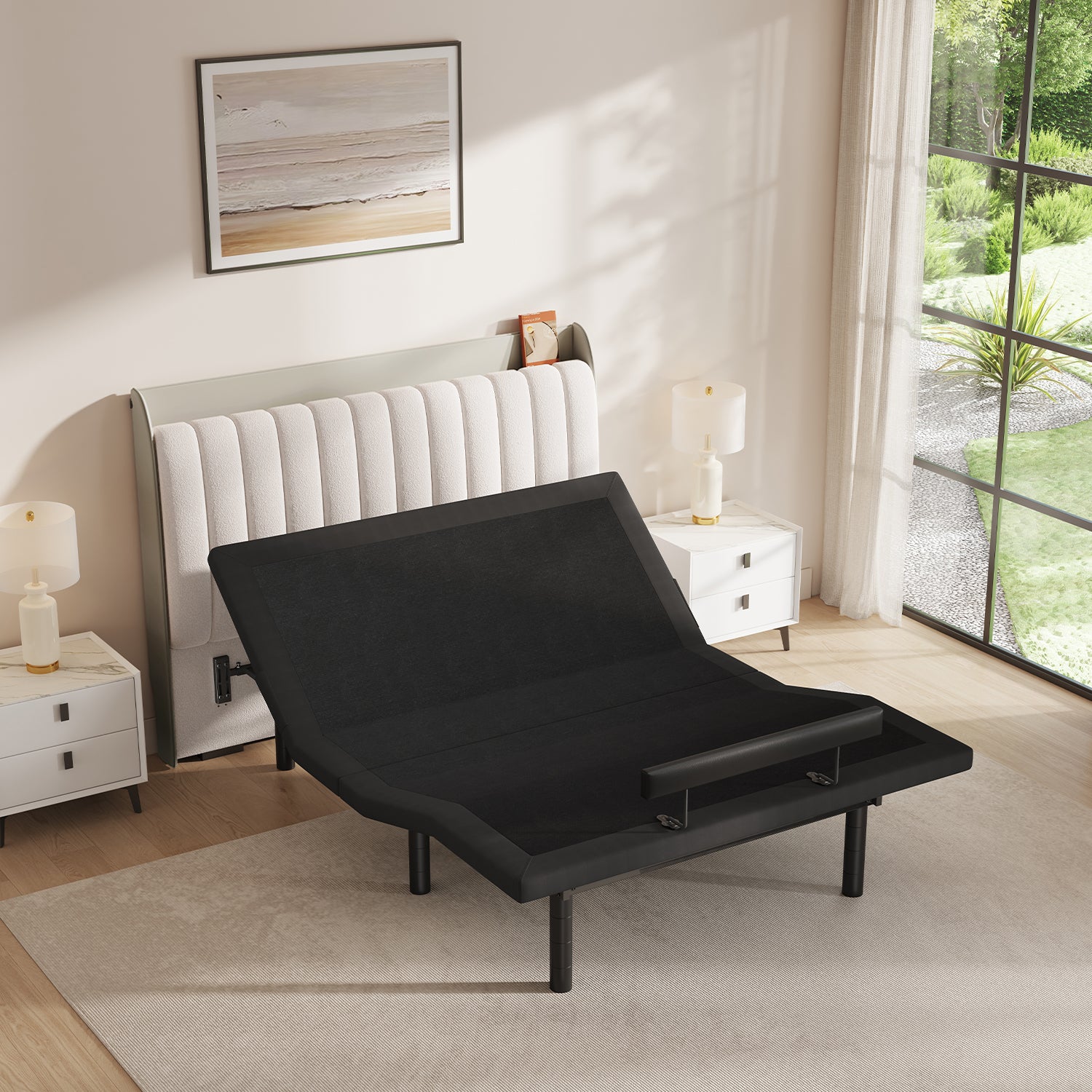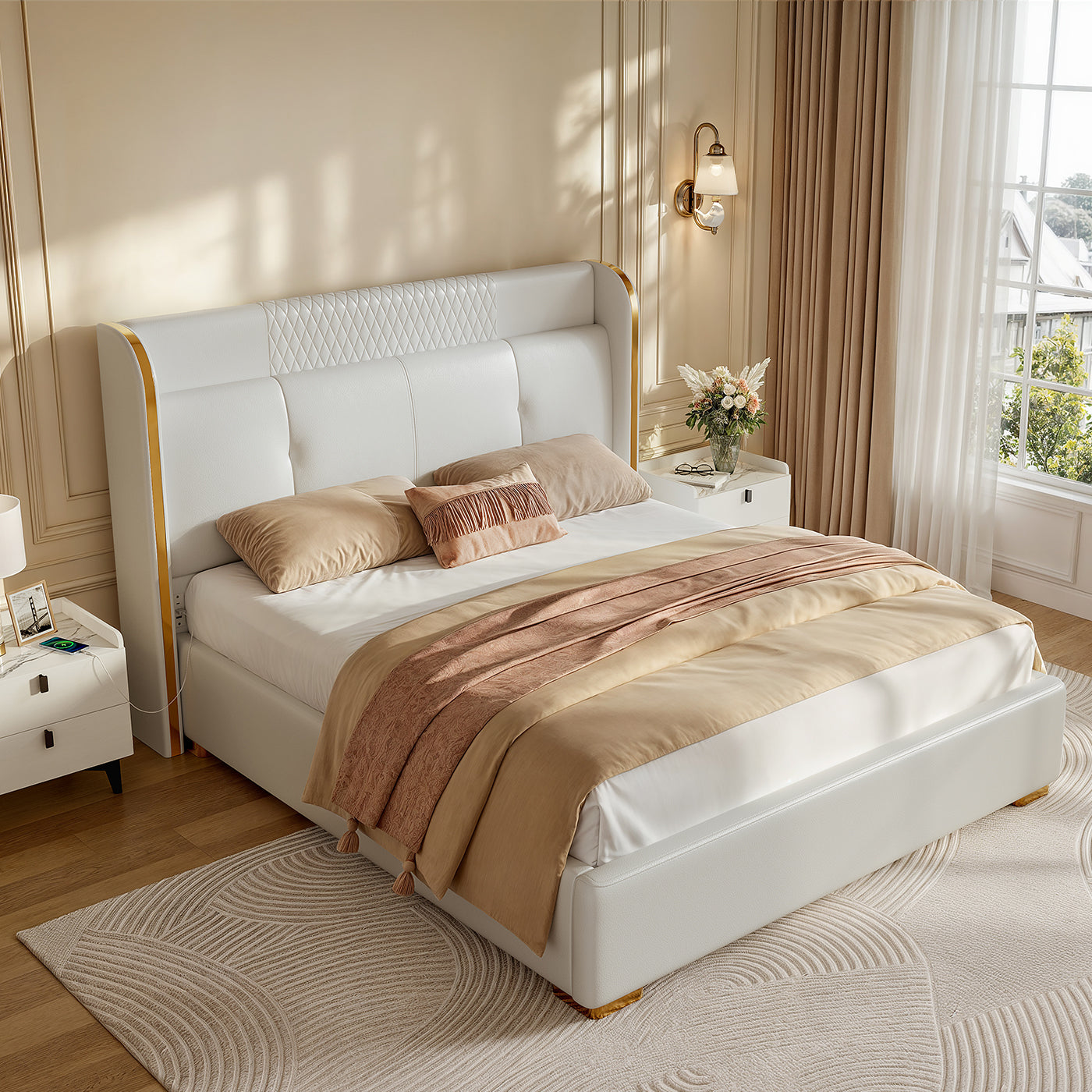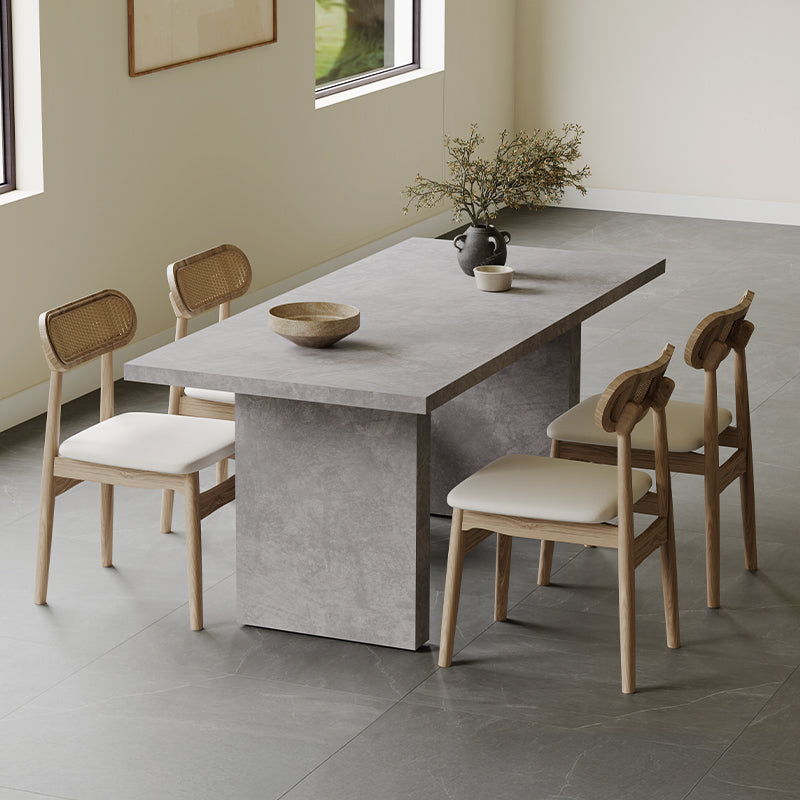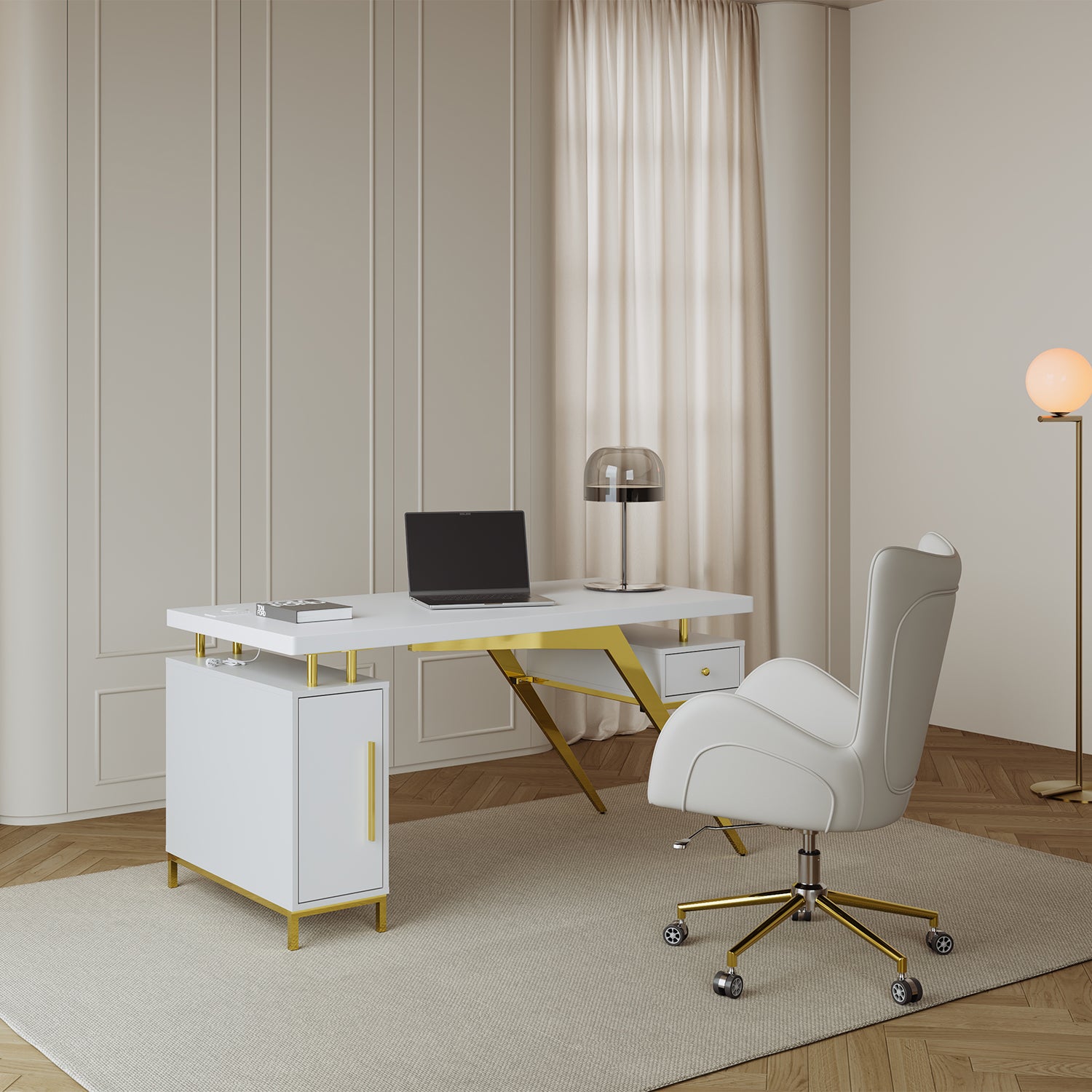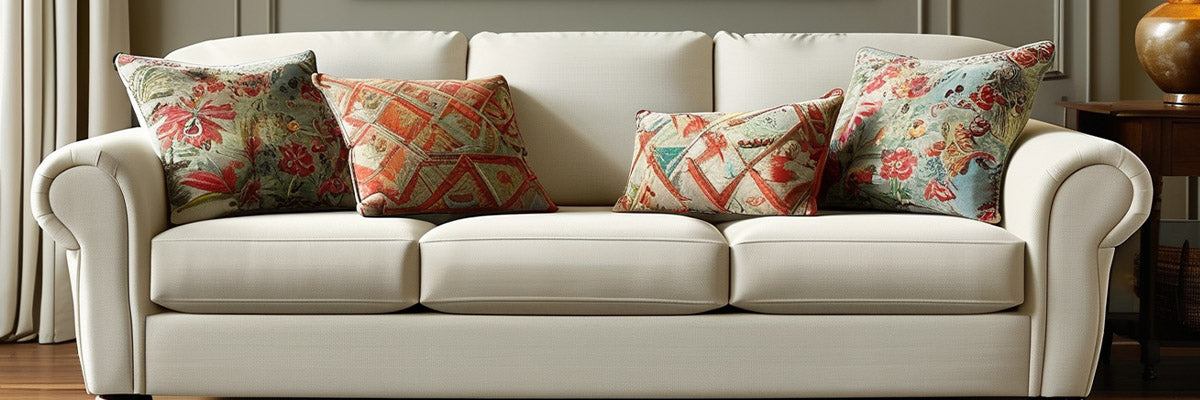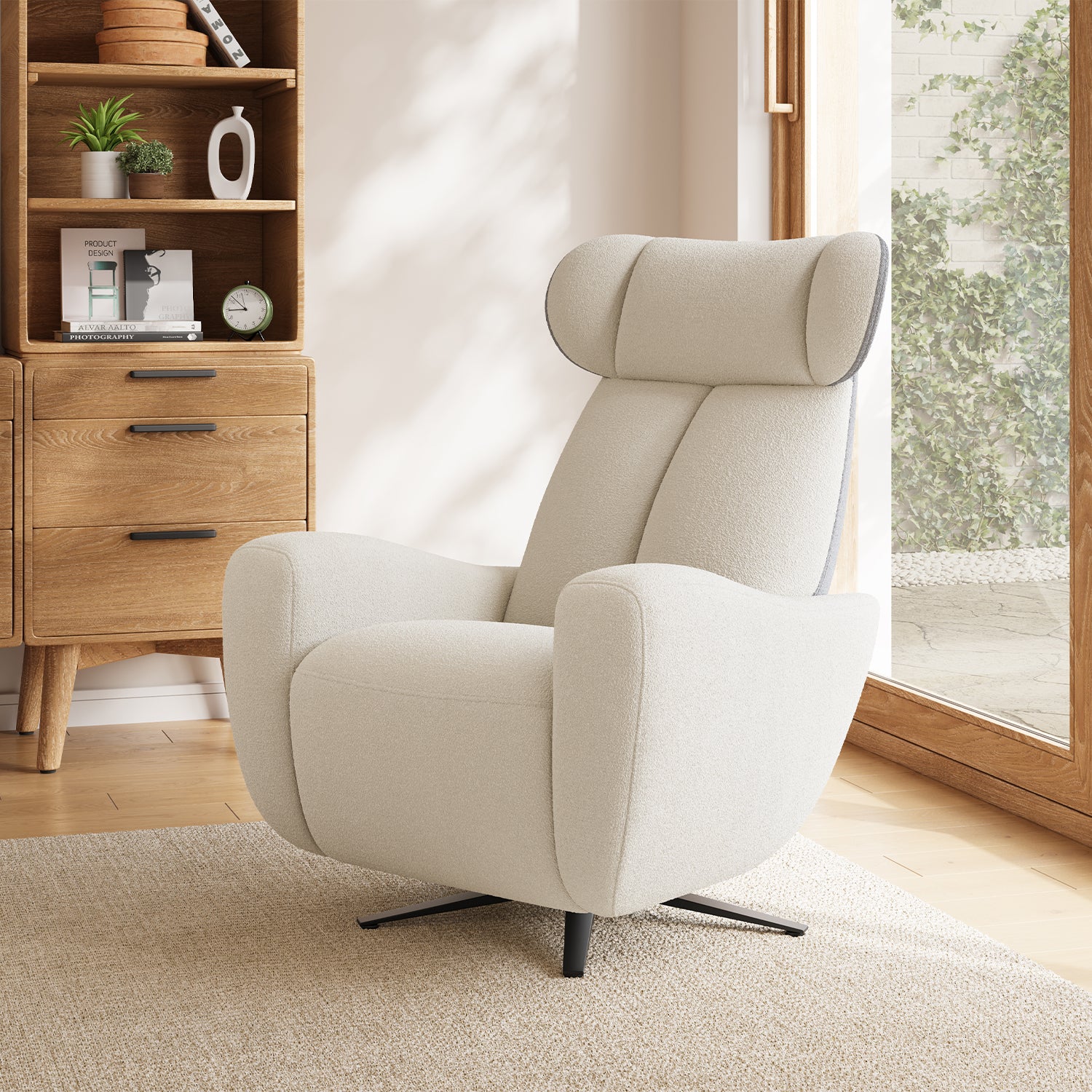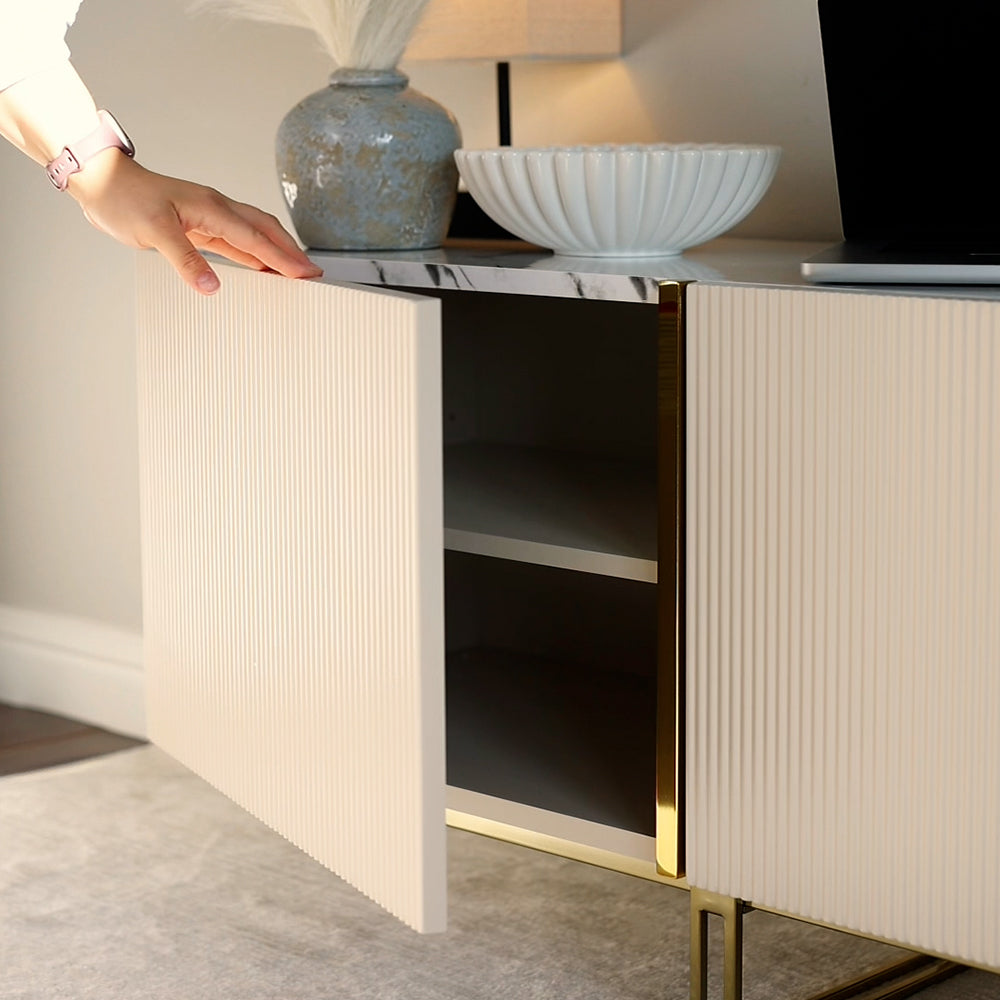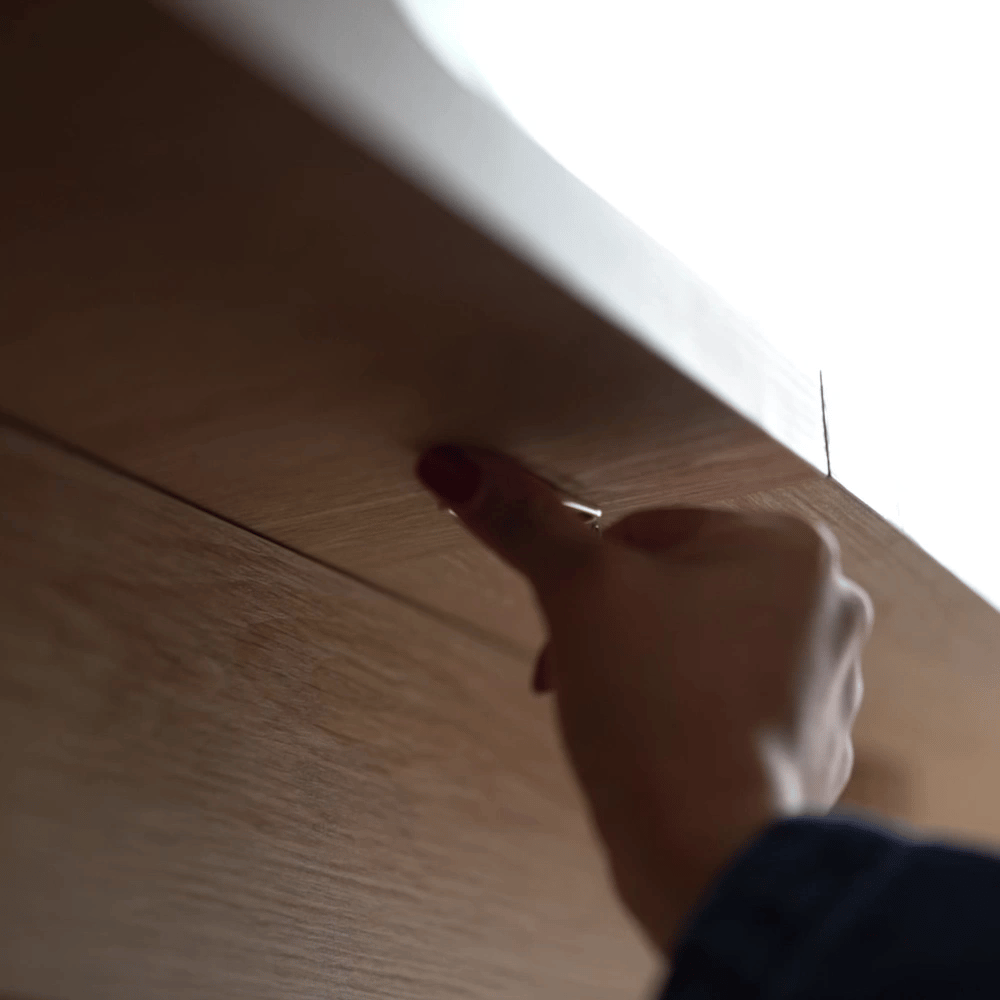Scotchgard is a popular brand of fabric protector that can help keep your couch looking pristine by repelling stains and dirt. Whether you have a new sofa or want to extend the life of an older one, applying Scotchgard can help preserve the fabric’s look and integrity. Here’s a guide on how to Scotchgard your couch, ensuring that it stays fresh and clean for longer.
Table of Content
What Is Scotchgard and Why Should You Use It?
Scotchgard is a fabric and upholstery protector that creates an invisible barrier over the fibers of your couch, preventing liquids and dirt from penetrating. It works by forming a protective shield that allows spills to bead up on the surface rather than soaking into the fabric. This can be especially helpful for households with children, pets, or anyone prone to spilling drinks or food.
The benefits of Scotchgard include:
- Stain Resistance:
Repels liquids, making it easier to clean up spills.
- Dirt and Grime Protection:
Keeps your couch looking cleaner by preventing dirt from sticking.
- Preservation of Fabric:
Helps protect the fibers from wear and tear, extending the life of your furniture.
- Odor Prevention:
Scotchgard can also help reduce the buildup of odors over time.
Materials You’ll Need
Before you get started, make sure you have everything you need to apply Scotchgard to your couch:
- Scotchgard Fabric & Upholstery Protector:
Choose the appropriate product for your couch fabric (there are options for various materials such as microfiber, cotton, and more).
- Vacuum Cleaner:
A vacuum will help you remove dust, debris, and pet hair from the couch.
- Clean, Lint-Free Cloths:
These will be useful for blotting up spills before they dry and for cleaning the fabric.
- Fan or Well-Ventilated Area:
Ensure you're in a space with good airflow to speed up the drying process.

Step-by-Step Guide to Scotchgard Your Couch
1. Check the Fabric Type
Before applying any kind of protective treatment, it’s important to verify that your couch fabric is suitable for Scotchgard. Some fabrics, like leather or silk, may not be appropriate for Scotchgard, as it could damage or discolor the material. If you're unsure, check the manufacturer's instructions on the couch or consult a professional.
2. Clean Your Couch Thoroughly
Before applying Scotchgard, your couch should be clean and dry. Vacuum the upholstery to remove any dust, dirt, or pet hair. Use the appropriate attachments for getting into crevices or under cushions. If there are any stains, clean them with a fabric-safe cleaner and allow the couch to dry completely.
3. Choose the Right Scotchgard Product
Scotchgard offers different products based on fabric types. If you're treating a fabric couch, look for the Scotchgard Fabric & Upholstery Protector. For leather or delicate fabrics, make sure to pick a product specifically designed for that material. It’s always a good idea to test the product in an inconspicuous area (like underneath a cushion) to ensure it doesn't discolor or damage the fabric.
4. Apply the Scotchgard
Once your couch is clean and dry, you're ready to apply the Scotchgard. Shake the can well before use to ensure even coverage.
- Hold the can about 6 to 8 inches away from the fabric to ensure the spray is evenly distributed.
- Spray in light, even coats, starting at the top of the couch and working your way down. Don’t oversaturate any one area. Apply enough product so that the fabric looks slightly damp, but avoid soaking it.
- Pay special attention to seams, edges, and any high-touch areas where stains are more likely to occur.
- Allow each coat to dry before applying a second one (if needed). For most fabrics, two light coats are sufficient.
5. Allow the Couch to Dry
Once you've applied the Scotchgard, allow the couch to dry for several hours. Ideally, the drying process should take place in a well-ventilated area. Avoid sitting on the couch until it’s fully dry to ensure the product has had enough time to bond with the fabric.
6. Buff the Couch (Optional)
If you’d like to enhance the appearance of your couch after the Scotchgard has dried, you can use a clean cloth or soft brush to gently buff the fabric. This will help restore the fibers to their original texture and appearance.

Maintenance and Reapplication
Scotchgard doesn't last forever, so periodic reapplication is necessary to maintain the protection. Depending on the level of use, reapply Scotchgard every 6 to 12 months. If you notice that liquids no longer bead up on the fabric, it may be time for a new application.
Regular maintenance, such as vacuuming the couch and cleaning up spills as soon as they happen, will help maximize the effectiveness of the Scotchgard treatment.
Tips for Protecting Your Couch After Treatment
- Use Slipcovers or Throws:
If your couch gets heavy use, consider using slipcovers or throws to provide extra protection from spills, stains, and wear.
- Clean Spills Immediately:
Even with Scotchgard, it’s important to blot up spills as soon as they occur. Never rub or scrub the fabric, as this can cause the stain to set.
- Keep Pets Off the Furniture:
While Scotchgard can help repel dirt and moisture, it won’t protect against the wear and tear that comes from pet claws or excessive shedding. Regular grooming and cleaning can help reduce pet-related damage.
Conclusion
Scotchgard can be a game-changer when it comes to keeping your couch clean and looking new. By following these simple steps and applying the product properly, you can protect your upholstery from stains, dirt, and wear. Just be sure to choose the right product for your fabric, clean your couch beforehand, and follow the application instructions carefully for the best results. With a little maintenance, your couch will stay fresh and comfortable for years to come.
If you want to buy our home furniture or couch for living room, you can check out more on our store

